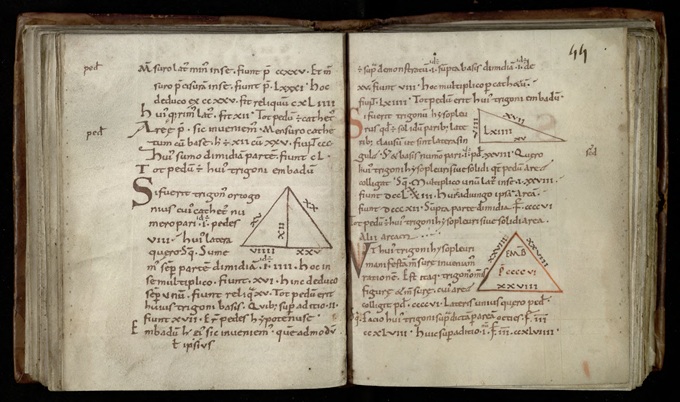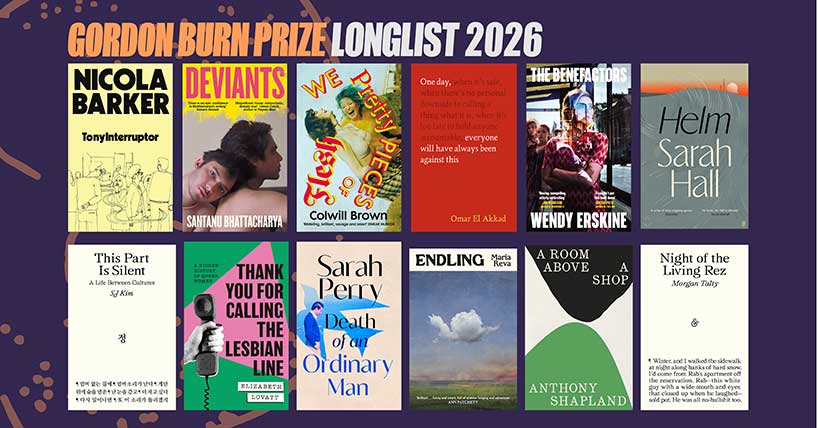Roman maths
Researchers bring ancient Roman maths up to date
Published on: 4 July 2025
Ancient mathematical texts that played a key role in constructing the Roman empire will be transformed for the 21st century by researchers at Newcastle University.
Step by step guides
The ‘AgRoMa: The Agrimensores and Roman Mathematics’ project in the School of History, Classics and Archaeology has been given funding by the Arts and Humanities Research Council (AHRC) to shed new light on the previously overlooked field of ancient Roman practical mathematics and support the teaching of modern maths in schools.
Like today, two kinds of maths were studied in the ancient world. While the Greeks championed theoretical maths as a distinct field of study, the Romans made almost no intellectual contribution to this branch of maths and focused more on practical problems with real world applications.
The AgRoMa project will focus on important but forgotten evidence which survives for the Romans’ use and development of practical mathematics – specifically the professional manuals written by Roman land surveyors, known as agrimensores.
Land surveyors were much needed in ancient Rome – for instance after the Roman armies had conquered a new territory, the land surveyors would measure and divide plots of land for agriculture, housing or other infrastructure. And much like modern land surveyors, they also helped to solve land disputes or would calculate the size of an area of land for tax purposes.
To ensure consistent systems of measuring and parcelling up land as the Roman empire grew larger and more complex, the agrimensores began writing practical guides from the first century AD. In the fourth century, these manuals were gathered together and form the core of a collection now known as the Corpus Agrimensorum Romanorum (CAR).
The CAR included collections of common mathematical problems, with solutions presented as rules or procedures to follow step by step – in a similar way to a recipe book – to work out the size of any triangle, rectangle or other geometric shape, and are what gave Roman towns and landscapes their characteristic gridded layout.

Practical mathematical tradition
“The CAR is fundamental to our understanding of Roman civilization, from land-use and bureaucracy to law and colonisation, but this practical mathematical tradition of the Romans is largely unknown to historians because the professors who made the first scholarly editions of CAR in the nineteenth century were not interested in the mathematical collections and so didn’t even bother to print them, obscuring their historical significance.
“These collections reveal that the intellectual horizons of the agrimensores developed beyond practical measurement to encompass a sophisticated concept of mathematics that included geometry and arithmetic. In this way, the land surveyors show us that they were applying and extending their mathematical knowledge as an intellectual, rather than a utilitarian or practical, exercise. Their mathematical knowledge became a marker of their professional and social status.”
Dr Marshall and his colleague, Dr Thomas Kelly, will produce the first complete editions, translations, and commentaries of these mathematical problems, some of which have never been printed. This will involve creating a new Unicode standard and open-source font to allow these texts to be read online using the original Roman fraction symbols.
The team will also work with schools to create new educational activities and materials to support the teaching of Roman numerals - a compulsory component of Key Stage 2 of the National Curriculum - basic numeracy and calculation, and Classical Civilizations.
The two-year project will also host international speakers and a major workshop at Newcastle in 2026.



